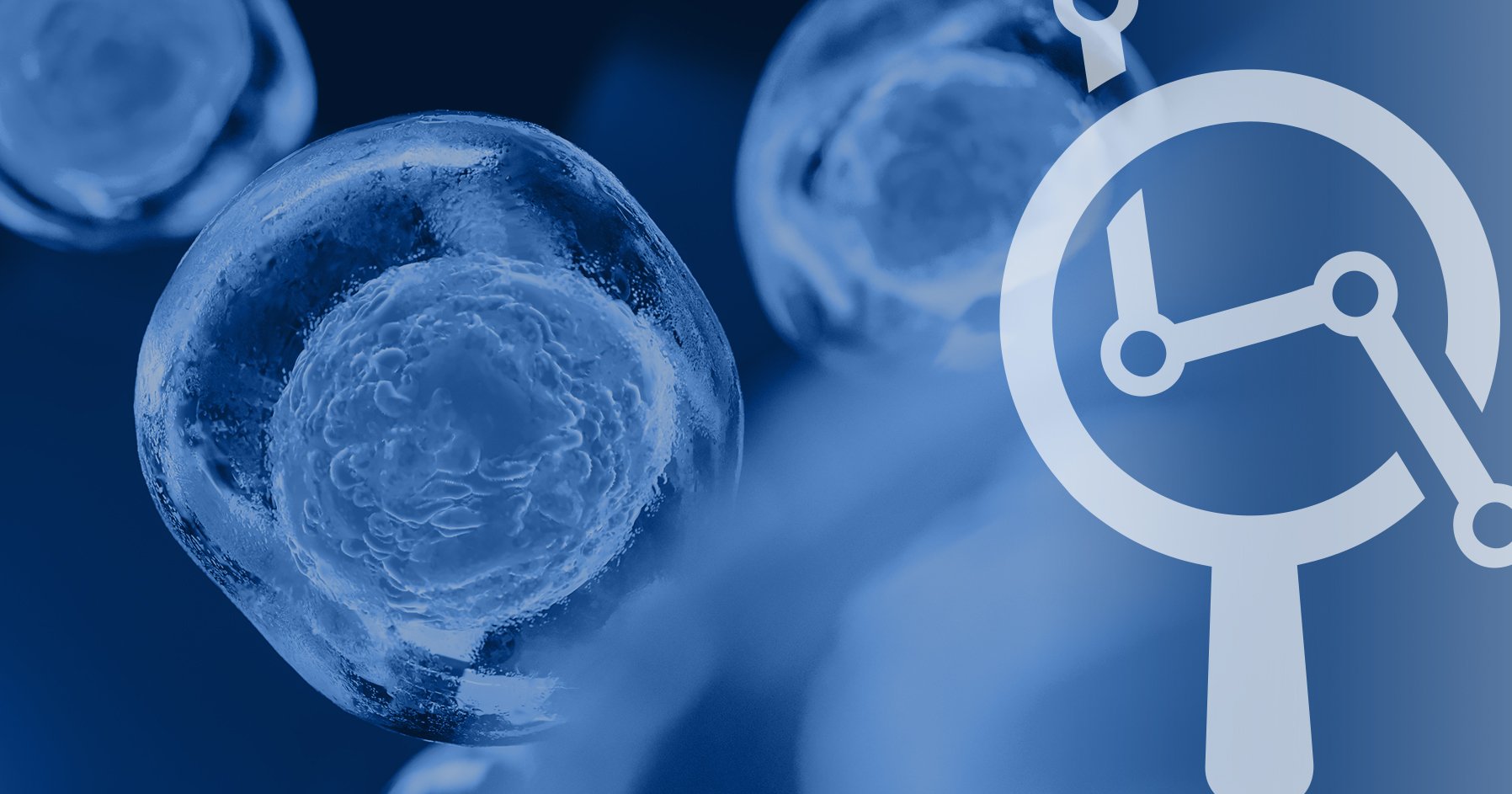The age at which a woman has her first period can offer valuable clues about her long-term risk for conditions like obesity, diabetes, heart disease and reproductive health issues, according to a study being presented Sunday at ENDO 2025, the Endocrine Society’s annual meeting in San Francisco, Calif.
The Brazilian study found that both early and late menarche—the age when women first get their period—are linked to different health risks. Women who had their first period before age 10 were more likely to develop obesity, high blood pressure, diabetes, heart problems and reproductive issues like pre-eclampsia later in life. Women who started their period after age 15 were less likely to be obese but had a higher risk of menstrual irregularities and certain heart conditions.
“We now have evidence from a large Brazilian population that confirms how both early and late puberty can have different long-term health impacts,” said study author Flávia Rezende Tinano of the University of Sao Paulo in Sao Paulo, Brazil. “While early menarche increases the risk for multiple metabolic and heart problems, late menarche may protect against obesity but increase certain heart and menstrual issues. Most women can remember when they had their first period, but they might not realize that it could signal future health risks. Understanding these links can help women and their doctors be more proactive about preventing conditions like diabetes, high blood pressure and heart disease.”
Tinano said the study is one of the largest of its kind in a developing country, providing valuable data on a topic that has mostly been studied in wealthier countries. “It highlights how early and late puberty can affect a woman’s long-term health, especially in underrepresented populations like those in Latin America,” she said.
The study was part of the Brazilian Longitudinal Study of Adult Health (ELSA-Brazil) and evaluated data from 7,623 women ages 35 to 74. The age of their first period was categorized as early (less than 10 years old), typical (ages 10 to 15) or late (older than 15). They assessed the women’s health through interviews, physical measurements, lab tests and ultrasound imaging.
“Our findings suggest that knowing a woman’s age at her first period can help doctors identify those at higher risk for certain diseases,” Tinano said. “This information could guide more personalized screening and prevention efforts. It also emphasizes the importance of early health education for young girls and women, especially in developing countries.”
About the Endocrine Society
Endocrinologists are at the core of solving the most pressing health problems of our time, including diabetes, obesity, infertility, bone health, and hormone-related cancers. The Endocrine Society is the largest global organization of scientists devoted to hormone research and physicians who care for people with hormone-related conditions.
With more than 18,000 members in 133 countries, the Society serves as the voice of the endocrine field. Through its renowned journals and ENDO, the world's largest endocrine meeting, the Society accelerates hormone research, advances clinical excellence in endocrinology, and advocates for evidence-based policies on behalf of the global endocrine community. To learn more, visit our online newsroom.
Colleen Williams Associate Director, Communications and Media Relations Phone: (202)-971-3611 [email protected]
Jenni Glenn Gingery Director, Communications and Media Relations Phone: (202)-971-3655 [email protected]


The Endocrine News podcast brings you the latest research and clinical advances from experts in the field, whether you are in your car, office, or out for a run.

Our top-ranked peer-reviewed journals are among the first to publish major developments and discovery milestones.